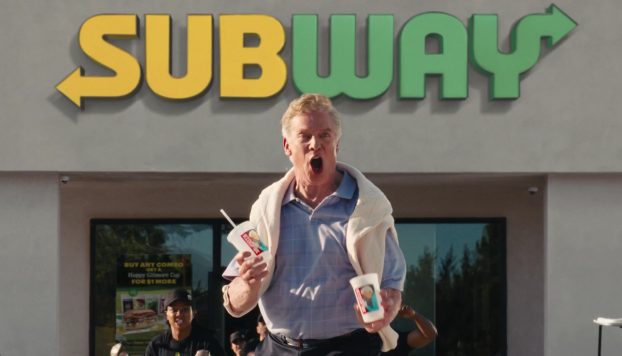This article appears in the October 2017 issue of strategy.
By Mark Tomblin
A couple of years ago, a story made headlines in many major news outlets, including the Guardian, the New York Times, USA Today and the BBC. It was about the human attention span shrinking to become shorter than that of the notoriously inattentive goldfish.
The articles stated that, in 2000, the average human attention span was 12 seconds, but by 2013 it had been reduced to a mere eight. Goldfish, by contrast, have a nine-second span. The story went viral.
The only problem was that none of the definitive-sounding numbers were reliable.
The figure that was widely reported across news media was actually cited from a vague third-party source (Statistic Brain) within a non-peer-reviewed Microsoft Canada study that wasn’t even about shortening attention spans.
None of this would matter, except that this baseless meme has spread throughout the marketing and advertising community – and, like Chinese knotweed in southern Ontario, is now extremely hard to eradicate. I’ve lost count how many times people in meetings have asserted these “facts” as though they were as incontrovertible as the laws of thermodynamics.
Yet over the same period we’ve supposedly lost a third of our attention spans, there has been a sustained rise in our consumption of thoughtful, challenging, complicated long-form TV. Either we’re binge-watching Game of Thrones or we’re not.
So why did the goldfish story gain such widespread traction among intelligent, well-educated marketing folk?
It’s an intriguing question and the answer may lie in a book called Denying To The Grave. It was written by two American academics, Sara Gorman and Jack M. Gorman, who set out to understand why many people act so perversely when it comes to their health. The authors explain that sometimes humans won’t let facts get in the way of a good story – even if it puts our health in jeopardy. It’s sobering stuff.
The truth is that fake (or erroneous) news stories get traction because enough of us want to believe them. And it’s frustrating, because these false attention span stats are now being used to justify the use of increasingly short media formats – which, all things being equal, cannot possibly work as well as long-form to build emotionally resonant connections for brands to achieve long-term growth.
They are also being used to justify sometimes dubious creative decisions about narrative structures, product shots and branding that are reducing the scope for creativity and thus, ultimately, effectiveness.
(The link between advertising creativity and effectiveness is now firmly established – at least empirically – as shown by Les Binet and Peter Field’s multiple analyses of the IPA Effectiveness Awards in the U.K. over the last 10 years. In particular, they point out the importance of “fame” when creating advertising that builds brands.)
Advertising that gets talked about really does work better.
The Nissan Rogue is a case in point. Over the past four winters, the Juniper Park\TBWA campaign “Conquer All Conditions” has more than doubled the Rogue’s share of the most competitive car market in Canada – using unashamedly long-form, action-oriented films as the basis of its distinctive and emotionally compelling appeal to our sense of wanting to be seen as heroic drivers in a harsh climate.
And of course the John Lewis Christmas commercials from the U.K. are not just endlessly entertaining but also remarkably good for business. Again, they’re entirely dependent on content that, were our attention spans as stunted as the goldfish story suggests, we would struggle to focus on, let alone process.
So next time you see a story like the one about our incredible shrinking attention spans, think twice before assuming it to be true. You’ll be doing yourself – and the rest of us – a favour.
 Mark Tomblin is chief strategy officer at Juniper Park\TBWA.
Mark Tomblin is chief strategy officer at Juniper Park\TBWA.
























